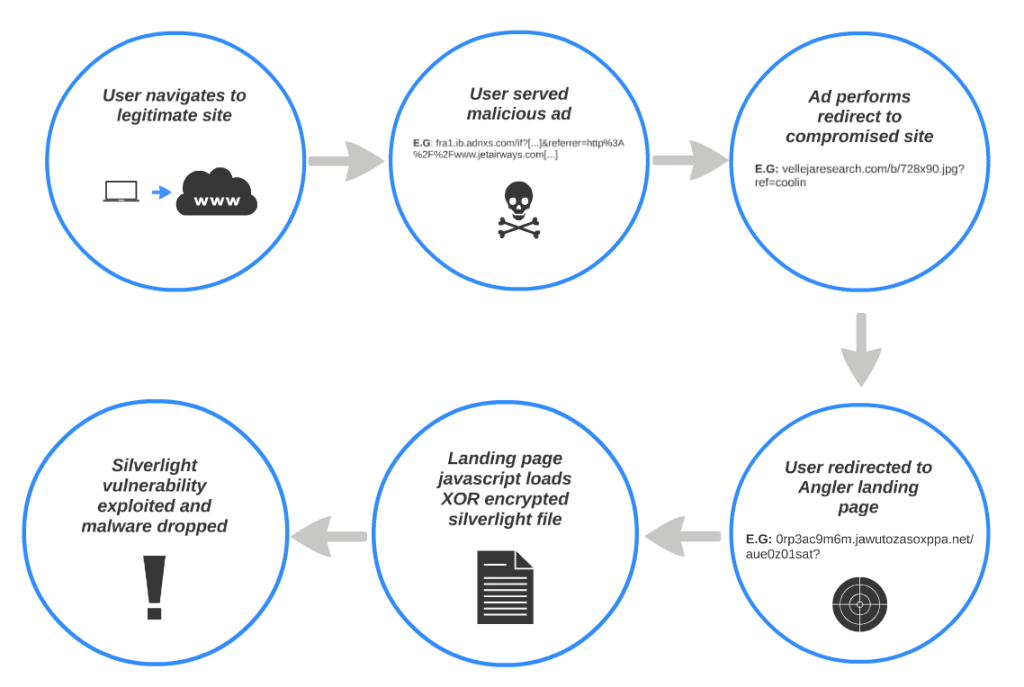CoolPad, an up-and-coming Chinese mobile phone maker, is shipping high-end, Android smart phones with so-called “back door” access built into the phone’s software. That, according to research by the firm Palo Alto Networks. Palo Alto researchers Claud Xiao and Ryan Olson released a report identifying the suspicious remote access software, which they dubbed “CoolReaper” on Wednesday. According to the report, the so-called “backdoor” program was shipped with stock operating systems (or ROMs) used by Coolpad’s “high end” phones in China and Taiwan. The software, which appears to have been created and managed by Coolpad, runs on top of the Android operating system and allows the company to remotely manage the phone independent of the wishes of its owner: pushing applications to the device without the user’s consent or notification, wiping data and applications, sending over-the-air (or OTA) updates to the phone, transmitting device data and sending arbitrary phone calls and SMS […]
Flash
New Calls For A Common Hardware Vulnerability Database At Black Hat
The Black Hat briefings made its reputation as a forum for star security researchers to unveil hair raising vulnerabilities in hardware and software. But Black Hat has become a more corporate event and collaboration is much in evidence these days. The latest example: the first roundtable discussion ever held at Black Hat. Speaking on Wednesday, Don Bailey, CEO of Lab Mouse Security, and Zach Lanier, Senior Security Researcher at Duo, facilitated a lively discussion of embedded system security before a group of attendees arranged around a table with a few more chairs off to the side. Bailey asked the audience to start the conversation, and he and Lanier then moderated the discussion. The conversation started with discussion of new secure chipsets, such as ARM TrustZone, and the fact that few institutions are using them. One factor is cost. Some organizations are gravitating toward open source chipsets such as Ardinuio, which […]
Intel Promotes ‘Trustlets’ To Secure Embedded Devices
The integrity of data stored on- and transmitted between Internet-connected embedded devices is one of the biggest technical hurdles standing in the way of widespread adoption of Internet of Things technology. For one thing: embedded devices like wearable technology and “smart” infrastructure are often deployed on simple, inexpensive and resource constrained hardware. Unlike laptops or even smart phones, these are purpose-built devices that, by design, run for long periods in remote deployments, with extremely constrained features and low power consumption that is the result of limited processing power and memory. [Read Security Ledger’s coverage of connected vehicles.] Now Intel is promoting a platform that it says can bridge the gap and provide robust security features even for resource-constrained Internet of Things devices like wearables and connected vehicles. Back in April, the Intel Labs unveiled the results of joint research with Technische Universität Darmstadt in Germany. The researchers have developed a platform, dubbed TrustLite […]
Cisco: Microsoft Silverlight Exploits Fueling Drive-By Attacks
Cisco Systems is warning that Silverlight exploits are being used in a rash of drive-by-download attacks, many tied to malicious advertising (or ‘malvertising’) campaigns. Writing on Cisco’s blog, Levi Gundert of Cisco’s Threat Research Analysis and Communications (TRAC) team said that Silverlight exploits are the “flavor of the month” and have been added to the popular Angler exploit kit since late April. “Since April 23rd we have observed substantial traffic (often from Malvertising) being driven to Angler instances partially using Silverlight exploits,” Gundert wrote. Attacks leveraging vulnerable instances of Silverlight are actually outstripping attacks against Java and Adobe Flash – the two platforms that have long been the preference of cyber criminal groups and exploit kit authors. Silverlight was the subject of a patch in March, MS04-014, to fix a vulnerability that could allow remote attackers to bypass a security feature. The vulnerability would allow an attacker who controls an attack website to launch specially […]
Veterans Targeted In Attack Using IE 10 Zero Day
Visitors to the web site of the Veterans of Foreign Wars (VFW) are being targeted in an attack that exploits a previously unknown hole in Microsoft’s Internet Explorer 10 web browser, according to warnings Thursday by security firms. Some visitors to the web site of the Veterans of Foreign Wars (VFW), vfw[dot]org, were the victim of a ‘watering hole’ attack that takes advantage of a previously unknown ‘use-after-free’ vulnerability in Microsoft’s Internet Explorer 10 web browser. The VFW site was hacked and then altered to redirect users, silently, to a malicious website programmed to exploit vulnerable versions of IE 10 on systems running 32 bit versions of the Windows operating system. The VFW did not immediately respond to e-mail and phone requests for comment. According to a write-up by the security firm FireEye, the vulnerability allows the attacker to “modify one byte of memory at an arbitrary address” stored […]




